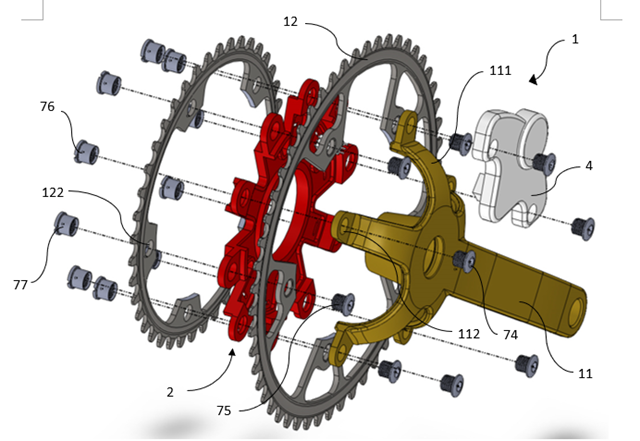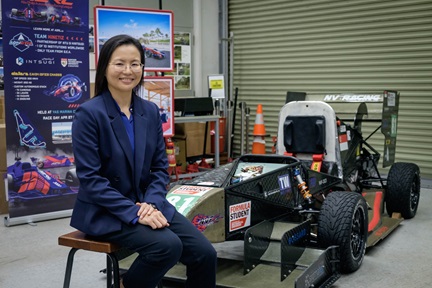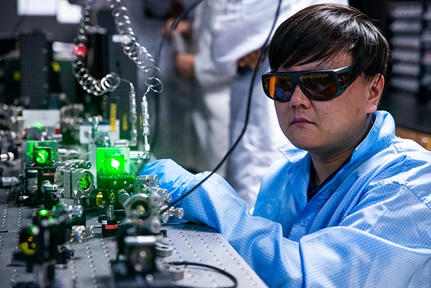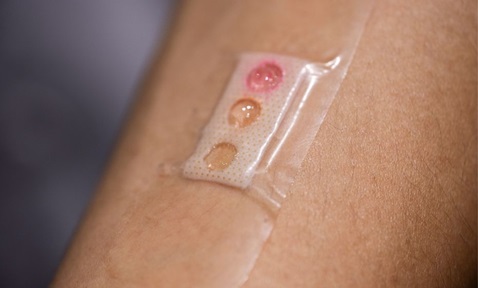
Advancing Cycling Power Measurement System
Synopsis
This invention introduces a novel power measurement system that offers easy retro-fitting into cranksets, advancing cycling technology. It integrates mechanical and electronic components, translating effort into power data, optimising performance, providing gear shifts and electric assist activation.
Opportunity
Power measurement systems are widely used by competitive cyclists and electric bicycle users. The global bicycle industry, projected to grow from US$110 billion in 2023 to US$229 billion by 2030, is experiencing substantial growth driven by the increasing popularity of cycling as a fitness and recreational activity. Cycling is the largest single sports category, accounting for about 13% of the global sporting goods market. This surge in interest presents opportunities to innovate power measurement systems, particularly for cyclists seeking to improve their performance. This invention presents a convenient retro-fitting solution for existing cranksets. Positioned between the crank arm and chain ring, the sensor elements deviate from the conventional placement of pedalling monitor sensors and transmitters available in the current market, providing cyclists with a more efficient and effective means of power measurement.
Technology
This invention introduces a straightforward and easily installable power measurement system designed for retro-fitting onto bicycle cranksets. This system is beneficial for measuring and translating cycling effort into power output data. The resultant power performance provides a good understanding and assessment of cycling performance, enabling cyclists to train more efficiently to improve their overall performance. It can also be used in electric bicycles to determine when power assist should be activated. Additionally, its applicability extends to bicycles with automatic transmission systems to determine the optimal moment for gear shifts. The system consists of both mechanical and electronic components, allowing the measurement and transmission of analogue signals to be transformed into digital forms.

Figure 1: An exploded view of the cycling power measurement system.
Applications & Advantages
Main application areas include sports (for cycling enthusiasts and triathletes) and healthcare (for physical therapy with arm machines, peddlers and steppers).
Advantages:
- Easily retro-fits onto bicycle cranksets
- Electronic package for tracking and transmitting signals into torque readings
- Flexible sensor element installation
- Can be configured as a whole system or individual elements
- Components adaptable for various strain measurements
- Configurable for various applications




.tmb-listing.jpg?Culture=en&sfvrsn=b5366f51_1)










